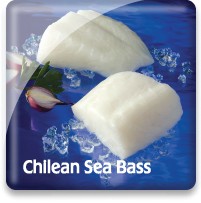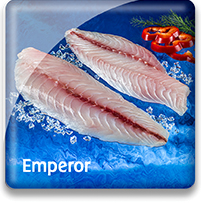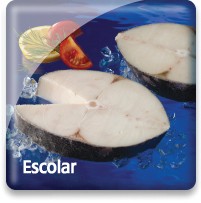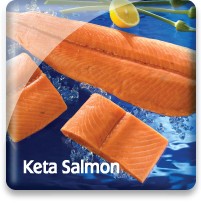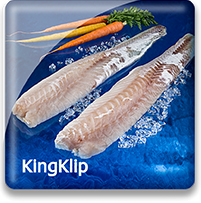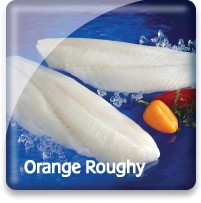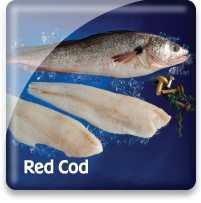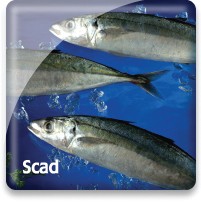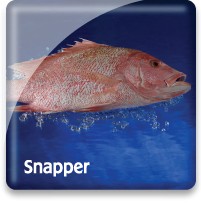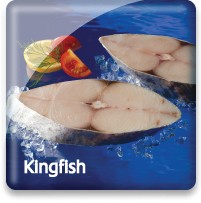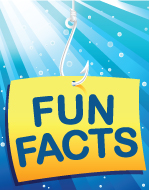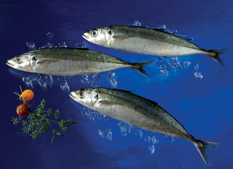
Scad

Market Name: Eating QualitiesRoundscad is a moderately oily fish with a strong mackerel flavor. It is prepared whole or gilled & gutted for smoking, fried and braised recipes. It is popular among Southeast Asian consumers.
   |
Description & CharacteristicsRound Scad or “Galunggong” as it is popularly known in the Philippines is caught off the waters of the South China Sea. The fish is a staple for most Filipinos living in coastal areas. The pricing of Round Scad is considered a barometer of the economy of the nation with more than 7,100 islands. Scad is prepared gutted and gilled and cooked whole (head-on). The fish is usually prepared deep fried and seasoned with sea salt. Round Scad is an oily fish with an evident mackerel fish flavor. The meat when cooked has an off-white to light brown color.
Scad travel in schools of hundreds to thousands of fish.
Other Resources |
Handling Instructions for Scad
Whole frozen scad must be stored at or below 0°F (-18°C) and then thawed properly when ready to cook. The frozen shelf life is 18 months. Links to proper seafood handling instructions: NOAA - Fish Watch: Handling Seafood and A Consumer Guide to Safe Seafood Handling.
Thawing Scad
The whole IQF scad should be placed in a tight fitting plastic bag or covered container and placed under refrigeration between 33 and 39°F for 12-24 hours until thawed. Gutting the whole fish once the gut cavity has sufficiently thawed is recommended even if the body of the fish is still mostly frozen. The whole fish can then be allowed to further thaw in the refrigerator.
Important Instructions for Scad
Upon thawing, whole fish should be gutted if not already done so when the gut cavity was partially thawed earlier in the thawing process. Once totally thawed and cleaned the fish should be cooked immediately for the best quality results. Fish not immediately consumed should be held under proper refrigeration and completely consumed within 1-2 days.
The Federal Food, Drug and Cosmetic Act now requires that all foods that are not raw agricultural commodities and that contain a major food allergen be labeled to clearly identify the name of the food source form which the allergen is derived. (21 CFR U.S.C. 343(w)(1)). The act defines eight foods, and any ingredients derived from these foods as major food allergens: Fish, Crustacean Shellfish, Milk, Eggs, Tree Nuts, Peanuts, Wheat & Soybeans. The name of the food source that must be listed on the label for fish or crustacean shellfish must be the specific type of fish or crustacean shellfish. The market names of species of fish and crustacean shellfish should be used to identify the food source of these two major food allergens. If you intend to re-pack these seafood products, be sure the allergen is declared in either one of two ways:
1) Within the list of ingredients
or
2) In a separate “Contains” statement immediately after or adjacent to the list of ingredients.
Consult the Fish and Fishery Products Hazards and Controls Guidance, Fourth Edition, Chapter 19 for more detailed information on the labeling of food allergens.
Cooking Tips
Scad can be prepared using a wide variety of cooking methods. Link to scad cooking tips and recipes.
The Philippines
The Republic of the Philippines is actually an archipelago, or group of islands set in the middle of the Pacific Ocean and the South China Sea. Roughly the size of Italy, this island nation boasts more than 10,849 miles. Its fishery is divided into marine, inland, and aquaculture.
Commercial species include scad, tuna (yellowfin and skipjack), mackerel, anchovies, sardines, squid, and blue crab. Aquaculture originally started in the Philippines with the cultivation of “Milkfish” – which took place in brackish water ponds originally, extending later to net cages floating in both fresh water and marine environments.
Shrimp is another major product of the Philippines, starting with Black Tiger prawns, largely exported to Japan. Shrimp underwent a “boom and bust” cycle, because of disease problems that led to a decline in production.
Today, finfish is becoming a popular aquaculture species, particularly Tilapia, some carp; seaweed, oysters and mussels.
Go Blue! Seafood Sustainability Spectrum*Click here for an explanation of our Sustainability Spectrum 
Sustainability AssessmentAlthough Scad is one of the most important fisheries in the Philippines (the sole country where Scad is sourced by Sea Port), there is a lack of direct knowledge of the life history and ecological role of Scad species found in the Philippine, Sulu, and Celebes Seas. This, coupled with a lack of formal stock assessments, makes ensuring the long-term health of the resource difficult. Scad sourced from the Philippines likely has similar life history characteristics to other scad species that are moderately resilient to fishing pressure, such as fast growth and production of a large number of offspring. However, as far back as 1989 there has been evidence that Philippine Scad resources are depleted due to overfishing. This may also be in part due to a lack of enforcement in the fishery stemming from a lack of resources (patrol vessels, manpower, etc.).In the Philippines, Scad are caught with purse seines, a fishing method in which a large net is used to encircle a school of fish and is then “pursed up” at the bottom. The use of fish aggregating devices (FADs), artificial floating objects placed in the ocean to attract fish for harvesting, exacerbate problems with bycatch and catch of undersized (immature) Scad. This can have a negative impact on Scad stocks, as fish are removed from the population before they have a chance to reproduce. Recent studies have shown that non-FAD purse seine fishing, combined with catch controls, can be beneficial for maintaining tuna stocks - this would likely be the case for species such as Scad as well, particularly given their presumed favorable life history characteristics. Recently the Philippine Department of Agriculture (DA) and the Bureau of Fisheries and Aquatic Resources (BFAR) have proposed the temporary closure of some regional Scad fisheries in order to allow depleted stocks to recover, but this has been opposed by the local artisanal fishermen.
Environmental Impact: Moderate to HighLack of knowledge of the ecological role of Scad as well as the absence of effective management is leading to overfishing and depleted populations. The use of FADs is also potentially problematic, as there are often problems with bycatch and catch of undersized fish in FAD fisheries.
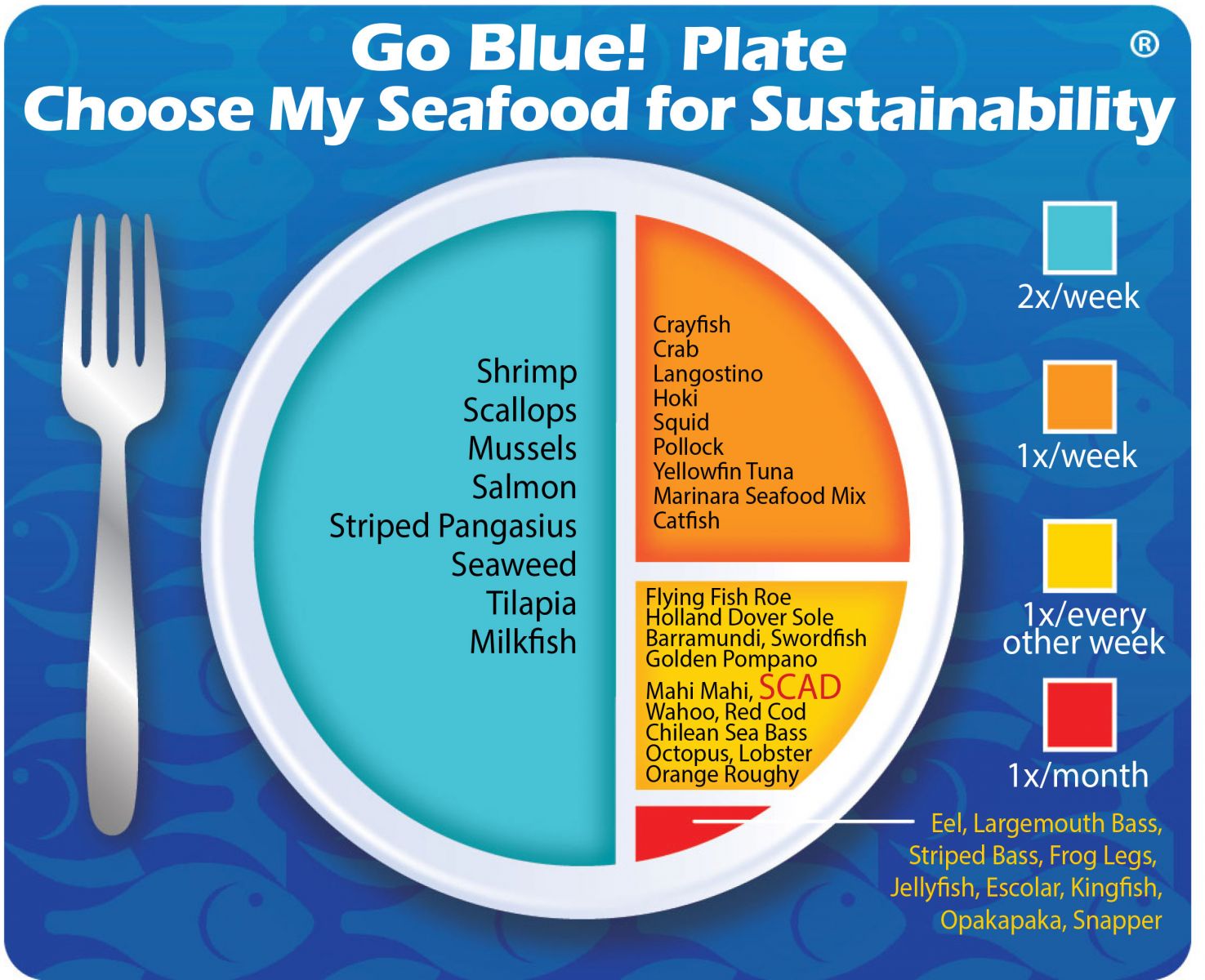
Sustainability Improvements NeededImproved data collection and implementation of specific fisheries management regulations (for example: quotas, gear restrictions) are needed. Encouraging the use of non-FAD fishing techniques would decrease bycatch and catch of undersized fish.
Actions that Sea Port is UndertakingSea Port is requiring that their suppliers provide fishing vessel identification (when available), catch methodology, and catch area information. In doing so, Sea Port hopes to encourage the Scad fishery to collect additional critical catch and resource data where none currently exist. This increased availability of data will allow for fishery management schemes to be establish or improved upon to assure the sustainability of the Scad fishery. Sea Port believes that, in aggregate, choosing from a diverse variety of seafood is better for sustaining the world’s seafood resources and Scad should be a part of this variety.
We created the sustainability assessments for each of our seafood items in order to reveal the existing and potential environmental impacts and risks that are associated with producing them for human consumption. This allowed us to establish the starting position for each of our seafood items along our progressive Go Blue! Seafood Sustainability Spectrum®. These assessments are only a single snapshot in time and because of this, we will continue to assess and update the critical sustainability needs associated with our supply sources and issue updates to the Go Blue! Seafood Sustainability Spectrum® as needed. There is a growing global awareness for the need to assure the sustainability of farmed and wild caught seafood and because of this; all around the world positive changes are rapidly occurring at all levels of the seafood supply chain. We will continue to spread this growing awareness and work with our many industry partners to improve the sustainability of all seafood, which we believe is the ideal protein of choice to feed an ever growing world population. Our Go Blue! Seafood Sustainability Spectrum® serves as our compass and yardstick as we strive to move all our products forward to becoming more sustainable. Please join us in this committed quest and Catch Our Wave® to sustainability by choosing a diverse variety of responsibly produced seafood as part of your diet.
|


